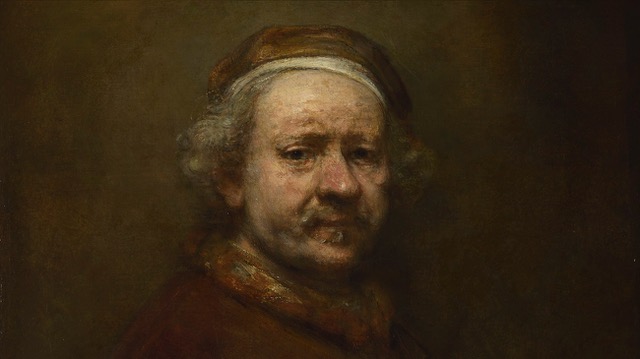Dutch painter Rembrandt Harmenszoon van Rijn, after years of living well beyond his means, declared insolvency. Rembrandt was a brilliant artist but a stubborn, argumentative, and a hopeless spendthrift. He became embroiled in over 20 legal disputes, fighting with his neighbours over his house renovations and with clients over the late delivery of commissioned work. He refused to pay rent on his studio and bought expensive items to furnish his house, such as curios, antiques and medals. He was also known to buy costly art props, such as exotic clothing and armour, to use in his paintings. His financial difficulties became extreme after he bought a large house well beyond his means on the Sint Antonisbreestraat in 1639.
To relieve his financial woes, Rembrandt applied for cession bonorum, which means ‘surrender of goods’. After all his possessions were inventoried, a Desolate Boedelskamer (Chamber of Insolvent Estates) took charge of selling his assets to pay off his creditors. The process took nearly two years to complete.
Rembrandt’s works come from the period known as the Dutch Golden Age. His exceptional use of light and shadow, known as chiaroscuro, brought a dramatic intensity and depth to his paintings. This technique not only highlighted the emotional and psychological complexity of his subjects but also created a powerful sense of realism. Two of his more famous paintings, which hang in the Rijksmuseum in Amsterdam, are The Anatomy Lesson of Dr. Nicholas Tulp (1632) and The Night Watch (1642). His financial legacy may have been gruesome, but his innovative artistic approach influenced countless painters and left a lasting impact on the art world.

